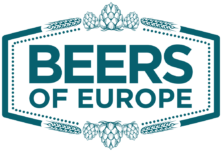German Beer and Breweries
German Beer Types: Part 2
German Beer Types – What You Need to Know – Part 2
Welcome to Part 2 of our special feature on types of German beer. Join us as we take a stroll through the bountiful beers that this amazing country has to offer. There really is a beer for everyone, as the range has such a variety of styles. If you haven’t found your favourite yet, we guarantee that you will have it by the time you finish reading!
Let’s start by diving into German wheat beers; quite possibly their most famous export. Wheat beers, or weissbier, meaning ‘white beer’ has a number of variations. It is usually found in the southern parts of Bavaria. The name refers to the pale air-dried malt that is used, creating a lighter beer, as opposed to the ‘brown beer’ that is the result of using dark, kiln dried malt. Another key feature of this family of beers is that a significant proportion of malted barley is exchanged for malted wheat; hence wheat beer! In keeping with the laws often seen in German brewing, weissbiers that are brewed in Germany must be top-fermented and most are unfiltered.
Hefeweizen
Of all the German wheat beers, the hefeweizen is possibly the most common variety. It is a speciality of southern Germany and it is definitely all about the yeast. The name, hefeweizen, quite literally translates as, ‘yeast beer’. The hefeweizen has a very distinctive cloudy appearance and a somewhat unusual and powerful aroma, said to resemble cloves and bananas! This is all due to the variety of yeast used in brewing the hefeweizen. The appearance and aromatics really make this beer stand out from the crowd.
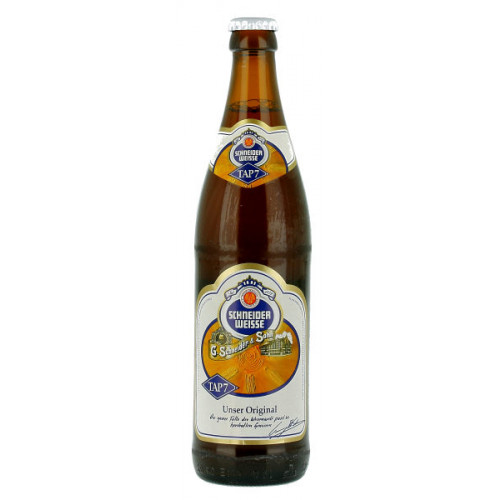
If you haven’t experienced a hefeweizen yet, try the Schneider Weisse Tap 7 Unser Original, which is still being brewed following the original recipe created by Georg I. Schneider created. This hefeweizen is brewed using Magnum, Tradition and Hallertauer Hops and Wheat and Barley malts from the region of Kelheim. This top fermented beer has an amber through to mahogany colour, packing an aroma of cloves and nutmeg. It pours with a long lasting head, delivering a clean and refreshing taste.
Dunkelweizen
The dunkelweizen is a darker variation on the wheat beer. The dunkelweizen has a dark caramel colour and the caramel likeness follows through in the flavour too. It has been said by some that the dunkelweizen has a flavour that is akin to liquid banana bread; but each to their own! Claiming to the oldest brewery in the world, the Weihenstephaner is located in Freising and was founded in 1040. Still brewing today, the quality of their beers is second to none.
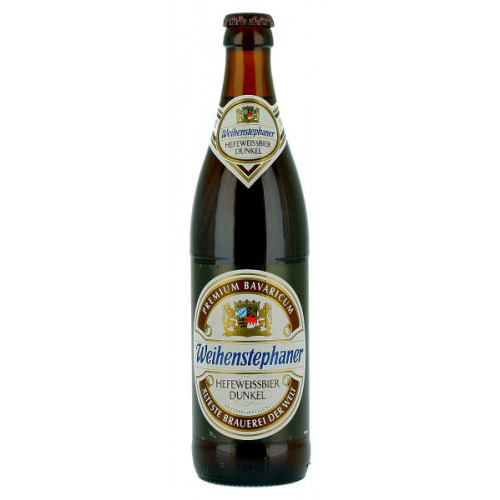
The Hefe Dunkel Weiss pours a beautiful golden yellow. It is a well-balanced beer, complete with the signature aroma of cloves mingled with flavours of malt, banana, and caramel dancing on the palate. The Hefe Dunkel Weiss is a full bodied dunkelweizen, coming in at 5.3% ABV.
Weizenbock
Another member of the wheat beer family is the darker and much stronger weizenbock, which quite literally mean a wheat beer that has been brewed to the strength of a bock. Imagine that these guys are the body builders of the family; fully pumped up in all aspects!
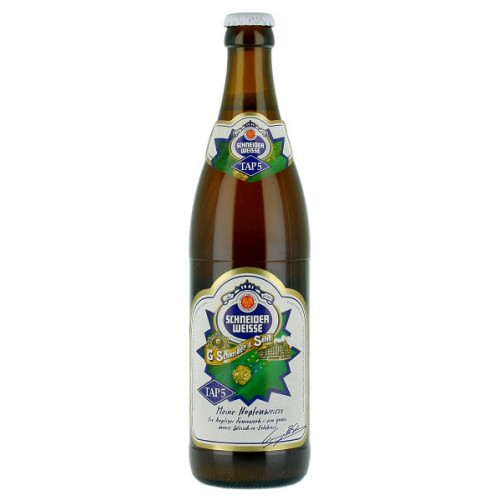
If you are looking to test your tastebuds with a weizenbock, you might like to sample Tap 5 Hopfenweisse from the Kelheim region of Germany. It is brewed using Traditional, Hallertauer and Saphir hops, as well as local barley and wheat. This weizenbock comes in at a hefty 8.2% ABV. The colour has a distinctive red tinge, with the usual wheat beer cloudiness. The aroma is of exotic fruits, particularly pineapple and this fruitiness balances the hop bitterness.
Kristallweizen
Breaking from the filtration tradition of the weissbier, the kristallweizen is filtered, removing the yeast and wheat proteins and the result is a crystal clear wheat beer – the name says it all really!
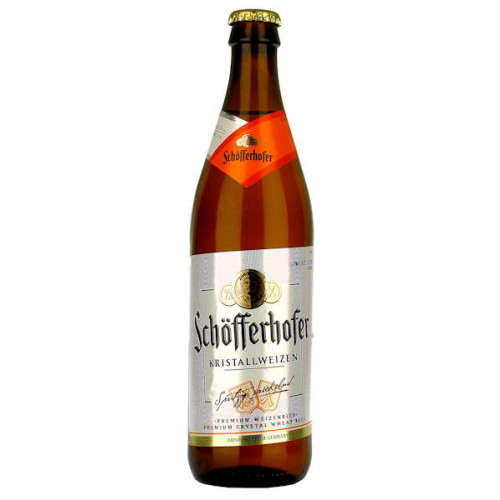
One example of this type of beer is Schöfferhofer Kristallweizen, which has a brilliant golden colour, brimming with aromas of biscuit malt, yummy honey and the bananas and cloves you have come to expect from this family of beers. Schöfferhofer Kristallweizen is a super refreshing, full flavour, crystal clear wheat beer.
Altbier
The variety of types of German beer, really is quite astounding; they really are masters of the brewing craft. Altbier hails from Düsseldorf and could be thought of as quite an unusual specialty type of German beer. It is fermented at a cooler temperature than most ales, utilising an ale yeast that operates best just above the temperatures usually reserved for lagers. You could call it an ale/lager hybrid! It is this slightly different approach that allows for a rich, nutty, almost bread-like malt characteristic to develop, which rubs shoulders with a floral and spicy hop bitterness. The majority of altbiers hover around 5% ABV but you can find variations on the altbier (stick or doppelsticke) which tend to be stronger.
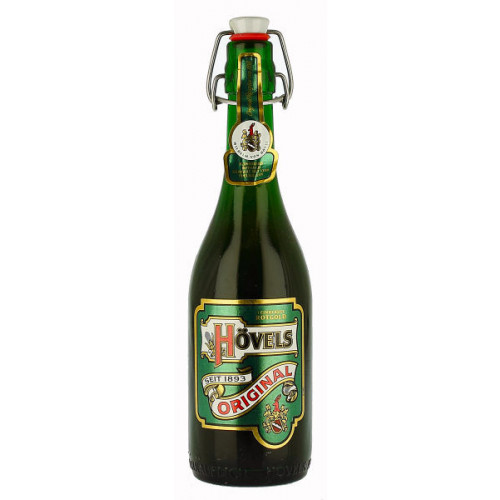
Hovels Bitterbier is a lively, ruby red beer. The caramel malt and roasted aromas are followed by a subtly sweet, malty flavour. The bitterness is moderate to low; coming across in the aroma more than the flavour.
Kölsch
This beer is both unusual and very much in demand because in order to brew kölsch, you have to follow one simple rule, it must be brewed in Cologne; this is in accordance with the Kölsch Konvention of 1986, which states very specifically that kölsch beer cannot be brewed outside of the state. Kölsch is fermented slightly warmer than an altbier, although cooler than most other ales. The yeast employed produces a mild fruity profile.
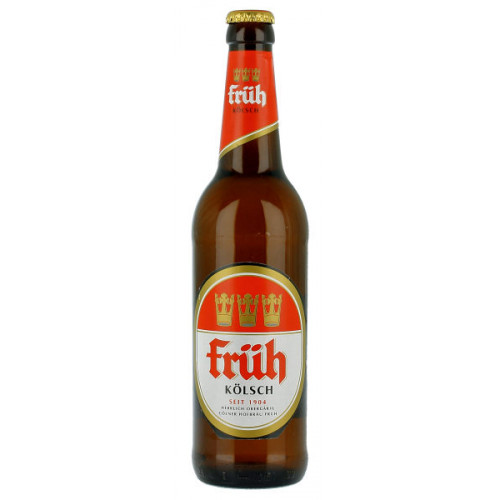
Fruh Kölsch is brewed at the Cölner Hofbräu Früh brewery, which was founded by Peter Joseph Früh in 1904. Fruh Kölsch is a top fermented beer with a light gold colour. A refreshing beer with a crisp hoppy finish and a substantial carbonation, leading to a good lasting head.
Berliner Weisse and Gose
Enter stage right the sour beer and German sour beers are very highly rated. Berliner weisse is wheat beer soured through fermentation with the bacteria, Lactobacillus. You might not be familiar with the name of this bacteria, but you will certainly be familiar with its effects as it produces the same lactic acid that gives yogurt and sour cream their tangy edge.
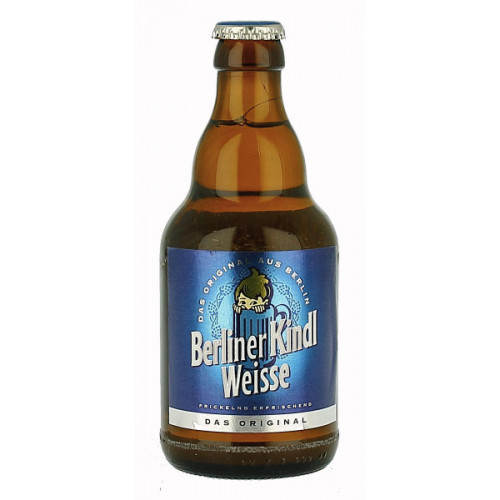
Try Berliner Kindl Weisse as an excellent example of this style from one of Berlin’s remaining specialist Berliner Weisse breweries. With its hazy pale straw colour, the Berliner Kindl Weisse serves up bitter lemon, wheat and tart funky aromas, followed by a moderately sour flavour and a crisp, clean mouthfeel and refreshing citrus zing.
Schwarzbier
The darkest of all the lagers, as the name might suggest (meaning ‘black beer’) the schwarzbier is darker in colour than the dunkel or doppelbock. Don’t be intimidated by the depth of the colour; it is a deceptively easy drinking lager with an almost light weight average 5% ABV. It is usually drier than a Dunkel and relatively light in body. Taste wise, you are looking at a bread-like, malt character plus some roasty bitterness.

From the famous Krombacher brewery, comes Krombacher Dark, a full bodied taste sensation and an excellent example of a schwarzbier to introduce you to this type of German beer. It is a bottom fermented pilsner, with rich and complex flavours born of the various roasted malts. As one would expect from this brewery, Krombacher dark is made using signature spring water, with barley malt and Halletau hops. A creamy head sits upon a sublime ebony colour, moderate bitterness is well balanced to the roasted malts.
Rauchbier
This is quite a speciality beer with a powerful taste that can be an acquired taste. Rauchbier means ‘smoked beer’ and could be called the Marmite of the German beers! As you might expect, its defining characteristic comes from the malt that has been smoked, usually over a beechwood fire. Some describe this powerful smoky type of German beer as having a meaty quality.
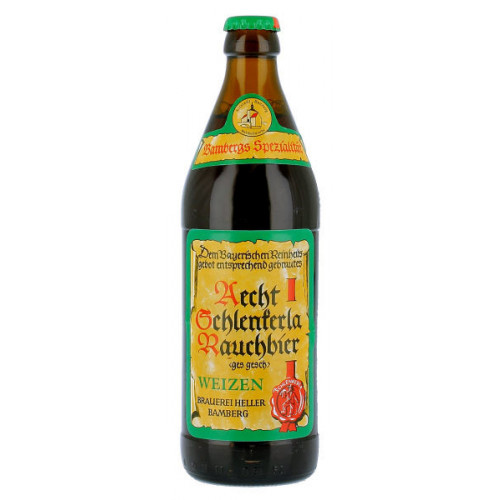
For a light variety of Rauchbier to ease your way into this type of German beer, try Schlenkerla Rauchweizen, which has a light smoky aroma. It is brewed with a mixture of barley, which has smoked and wheat malt remains unsmoked. This Rauchbier is unfiltered, giving it a natural haziness and it reaches its full aroma through bottle fermentation utilising fine top fermenting yeast.
Our journey through the realms of German breweries comes to an end here, although we have but scratched the surface of the vast delights known to many connoisseurs as the world of German beer. There will no doubt be calls for part 3 when those newcomers to German beer want to expand their repertoire even further. Please let us know via social media so we can tailor make further guides to various types of beer. Cheers!



